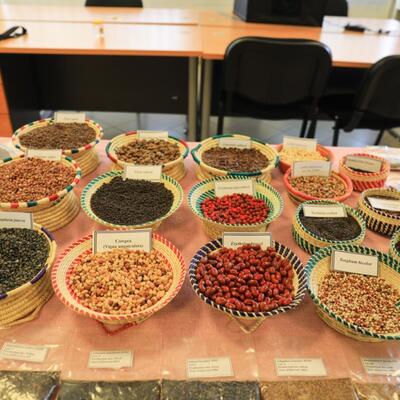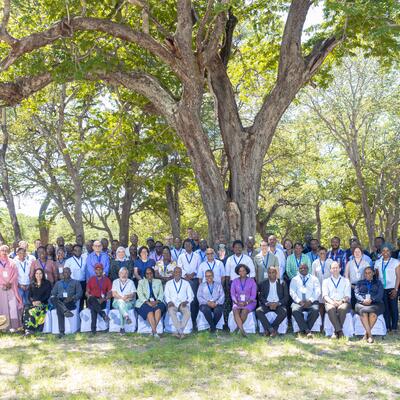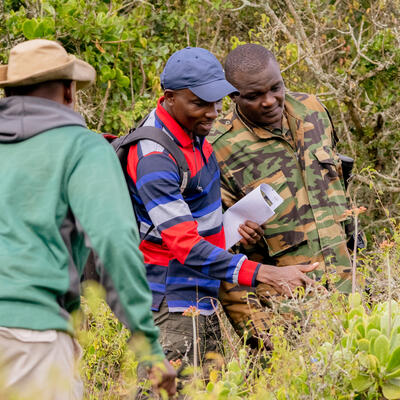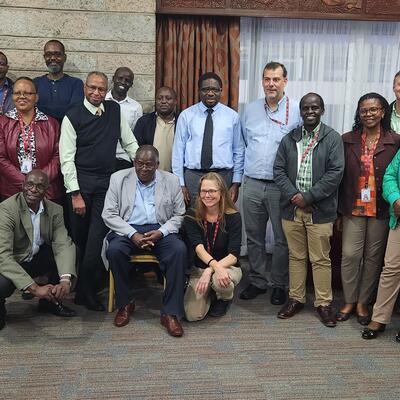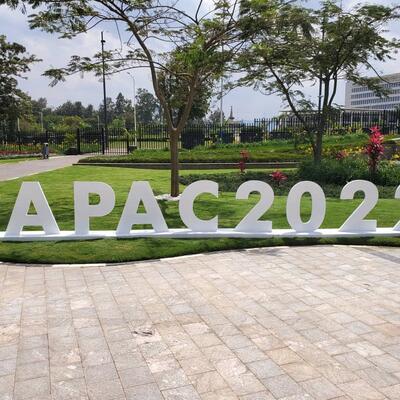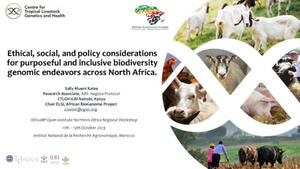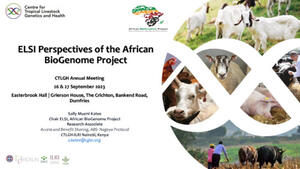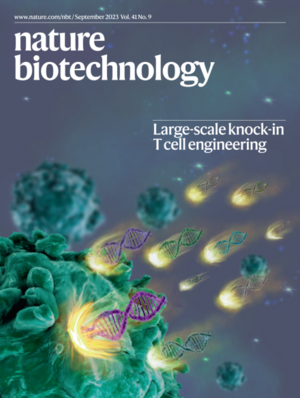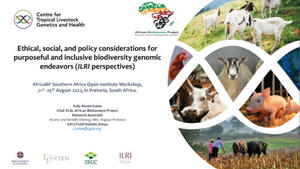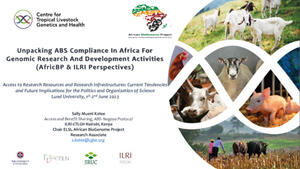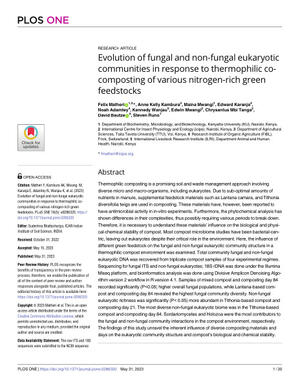
Testing and validation of breed survey methodology, socio-economic survey and characterization of selected indigenous cattle of Eastern and central Africa
Together, the ASARECA member countries, comprising of Ethiopia, Kenya, Sudan, Uganda, Tanzania, Burundi, Rwanda, Djibouti and Somalia, carry about 60% of the cattle population in Sub-Saharan Africa. Sudan, Ethiopia and Tanzania in that order are the top three, while Kenya has the largest population of specialized dairy and beef breeds of cattle. Despite its immense and diverse cattle genetic resources, the region is a net importer of cattle products, especially milk and dairy products. There are also considerable imports of meat products. Furthermore, most traded animal products originate from outside the region, indicating that local supplies cannot meet the demand.
The declining food security and increasing poverty levels, among other challenges, require urgent intervention through development of technologies and policies that would promote efficient utilization and conservation of the region’s cattle genetic resources. The project purpose conforms to the FAO' s led Global Plan of Action (GPA) for Animal Genetic Resources whose key pillars are: 1) Inventory characterization and monitoring; 2) Conservation; 3) Sustainable use and policy; and 4) Policy, institution and capacity building. However, significant policies, technical and institutional barriers, among others, continue to be the main constraints to optimal exploitation of the region’s cattle genetic resources, especially indigenous types.
This project is a constitution of an earlier Stream B CGS ASARECA project implemented in 2006-2007 in Kenya, Uganda, Tanzania and Ethiopia. The research project had identified sites and participating stakeholders, and conducted preliminary breed surveys in each country before it was stopped in 2007. The new extended project will complete the aspects not covered in the previous phase and into other objectives, including production of breed catalogues and design and implementation of community based breeding schemes.
The project goal is to enhance sustainable productivity and competitiveness of the livestock sub-sector in the ECA region; while the project purpose is to enhance utilization of innovations to improve cattle productivity in Eastern and Central Africa.
Objectives/goals
- Generate and facilitate demand driven cattle breeding technologies and innovations for cattle keepers.
- Facilitate the formulation of policy options for enhancing the performance of the cattle sub-sector.
- Strengthen capacity for implementing sustainable cattle improvement programme.
- Enhance the availability of information on indigenous cattle breeds through networking and partnerships.
Expected outputs
The expected outcome of the project is improved productivity and active utilization of cattle research and development innovations, leading to improved incomes and livelihoods of cattle keepers and other stakeholders in Eastern and Central Africa (ECA).





